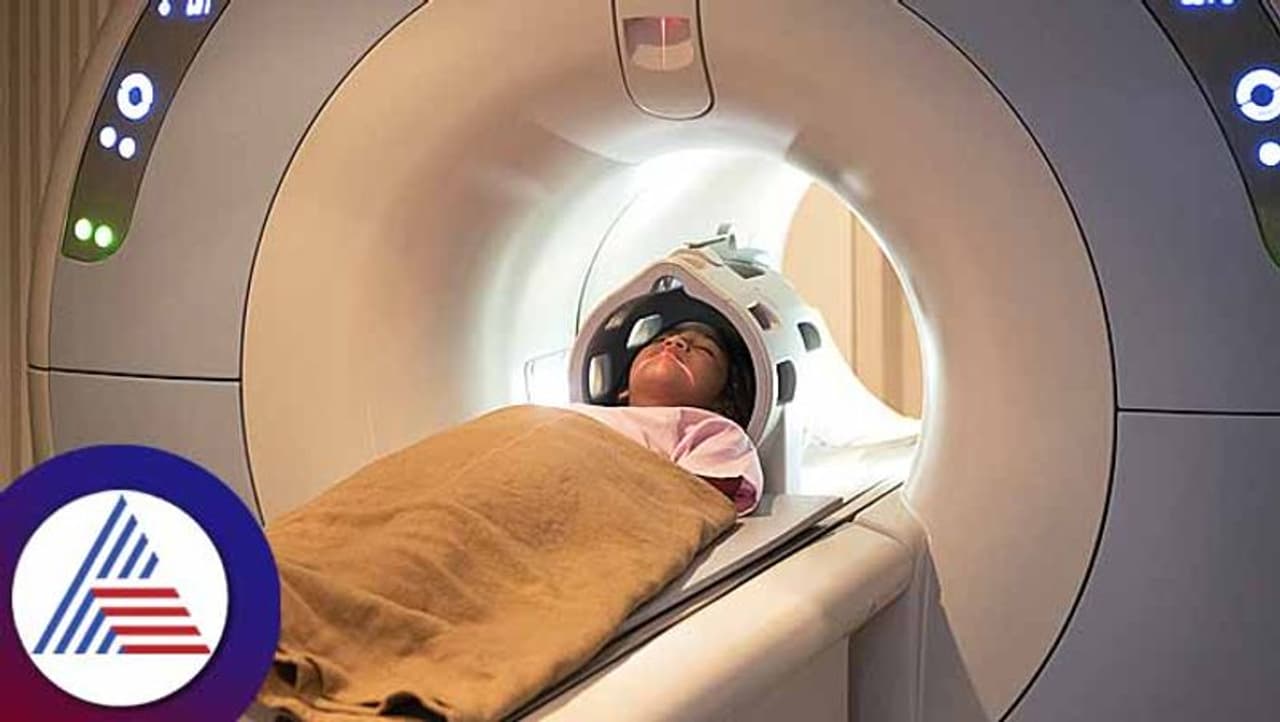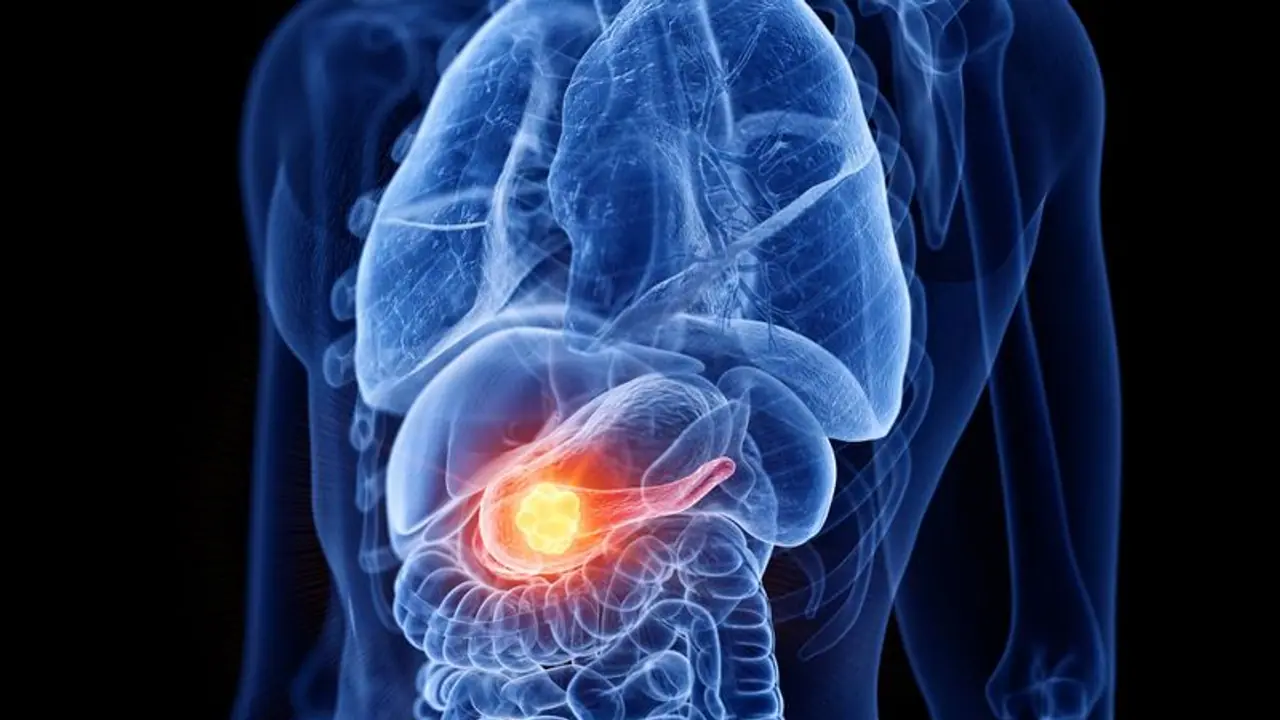We spoke to Dr. Sanketh Kotne, Consultant Medical Oncologist, HCG Cancer Centre Vizag, about pancreatic cancer and how it differ in childhood from adulthood and tends to have better treatment outcomes.

Pancreatic cancer is rare, to begin with, and rarer in childhood. Physicians may tend to miss a timely diagnosis for pediatric cases. Across all ages, pancreatic cancer ranks 24th in incidence in India, but 18th in mortality. It is a rare site but one of the leading mortality sites in cancer patients.
Pancreatic tumours can form when cells in the pancreas begin to grow uncontrollably and form a mass or lump. The prognosis, based on the type of tumour and its potential to metastasize, is often poor because the disease remains asymptomatic in its early stages. Cancer has usually advanced locally or is metastatic when signs develop. The poor long-term outcome of pancreatic cancer in adults and children is even more reason to reinforce the steps to prevent it, ideally in childhood.
Also Read: Are you always hungry? Here are 7 reasons why you have uncontrollable hunger
Pancreatic tumours differ in childhood from adulthood and tend to have better treatment outcomes. An early diagnosis and management of tumours which may be potentially malignant (insulinoma, gastrinoma etc.) or are primarily malignant (pancreatoblastoma) are critical to increasing survival rates.

We know from genetic studies that certain gene mutations and family history (of pancreatic cancer) may lead to a predisposition towards pancreatic cancer in childhood. Diabetes Type 1 at an early age is considered a pancreatic cancer risk. High exposure to toxic pesticides such as benzene and toluene, too, has been known to increase the risk of pediatric pancreatic cancer.
Childhood provides a window for doctors to initiate preventative management by identifying, assessing and treating predispositions towards pancreatic malignancy. Certain predispositions such as genetic mutations or child obesity (especially high BMI in children between 7 and 13 years of age) which may be diagnosed at an early age, and some childhood diseases, such as pediatric cancers and diabetes Type 1 and 2, which may trigger pancreatic cancer in adulthood, should be closely monitored by doctors to prevent the adult incidence of the disease.
Also Read: Can a skinny person suffer from fatty liver disease? Read this NOW

If pancreatic tumours don’t secrete hormones, diagnosing early is difficult. But secretions from malignant tumours create signs which aid in diagnosis. Some perceptible signs of pediatric pancreatic cancer are: -
- Unexplained weight loss or gain, and chronic fatigue, but given their nature, may get misdiagnosed first, causing delays in treatment.
- Low blood sugar or low sodium level, leading to blurred vision, muscle weakness, headaches, dizziness, profuse sweating, unabated hunger, confusion.
- Reflux in the food pipe.
- Chronic/watery diarrhea, gastrointestinal bleeding, nausea, and vomiting.
- Appetite loss.
- Palpable lump in the abdomen.
- Recurrent stomach ulcers.
- Constantly feeling thirsty, passing less urine, dry skin, and dry mouth.
- High blood pressure.
- Purple stretch marks.
- Seizures.
- Jaundice if a tumor in the pancreas blocks the bile duct, leading to a bilirubin build-up.
Paediatricians should consider the possibility of pediatric pancreatic cancer during the follow-up of children who have experienced idiopathic acute pancreatitis or cholestatic hepatitis in the past. Many signs of pediatric pancreatic cancer can be mistaken for other diseases and should be investigated with imaging and histopathological exams, especially the risk groups.
Diagnosing pediatric pancreatic cancer can be challenging, as it is a relatively rare type of cancer in children. It can be diagnosed through CT scan, ultrasound, MRI, blood tests, endoscopy and biopsy.
Pancreatoblastoma is the most common neoplasm in children with the disease. Treatment of any pediatric pancreatic cancer will depend on the nature of the malignancy, its site, and the metastasis stage.
Surgery such as a Whipple procedure, chemotherapy, and targeted therapy (mTOR inhibitor therapy) are the primary ways to treat it. A pediatric oncologist would be the specialist who would head the team of other pediatric health personnel to draw up a treatment plan. Given the rarity of the incidence, participating in a clinical trial could also be considered.

Palliative care comprising pain management, symptomatic relief, and emotional and psychological support for the child and family may be necessary to ensure the pediatric patient’s quality of life is maintained as much as possible.
Extensive screening strategies for monitoring risk-prone children need effort from families and the medical community. Children with hereditary diseases associated with pancreatic cancer or with family occurrences of such conditions should be regularly screened for pancreatic cancer. Screening the pediatric population for diabetes mellitus and obesity will help prevent pediatric pancreatic cancer and the later onset of pancreatic cancer in adulthood.
